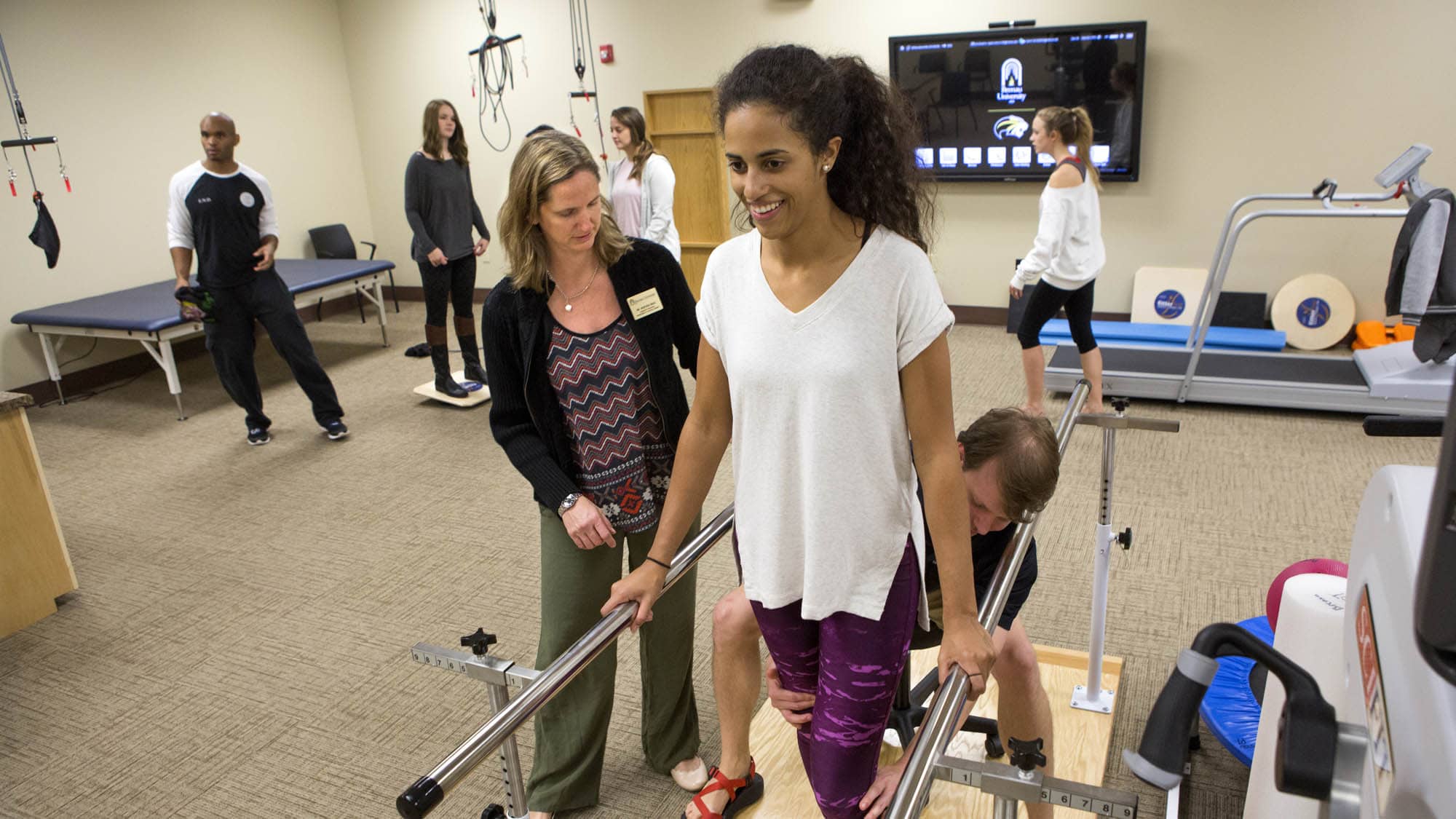Supporting Restoration By Adapted Physical Activity Protocols in Therapy Programs
Wiki Article
Recovery is an important procedure for patients who have experienced surgeries, or other medical challenges. Rehabilitation programs play a crucial role in assisting these individuals to restore their strength, enhance movement, and return to their routine activities. Customized fitness planning is a critical component of successful rehabilitation. This signifies that exercises are carefully designed to address the unique requirements of each individual. By concentrating on personalized therapy plans, recovery programs can accelerate recovery and support better health results.
One of the first stages in creating a customized exercise plan is assessing the patient’s condition. Medical professionals perform evaluations to determine the specific limitations and capabilities of each person. This might include functional assessments, discussions about health history, and objectives for recovery. For instance, an athlete recovering from a knee condition may have distinct requirements than an elderly individual recovering from joint surgery. By acknowledging these variations, practitioners can design an exercise program that targets the unique aspects of each case.

Integrating multiple forms of exercises is crucial for effective recovery. Resistance work , mobility exercises, and cardiovascular activities all serve running injury physical therapy important functions in recovery. Resistance exercise helps restore muscle strength and improve stamina, which is particularly critical after extended durations of sedentary time. Flexibility movements increase range of motion and reduce rigidity in joints. Cardiovascular workouts, like brisk walking or cycling, improve general fitness and support cardiac function. A well-rounded fitness plan that incorporates all these elements can significantly assist in the recovery process.
Tracking advancement is another critical aspect of recovery initiatives with tailored exercise plans. As individuals participate in their personalized routines, healthcare practitioners observe improvements and implement required modifications to the program. This continuous assessment guarantees that the exercises remain effective and suitable as the patient progresses. Setting defined benchmarks can also motivate individuals during their rehabilitation process. Reaching incremental objectives boosts confidence and promotes commitment in adhering with the rehabilitation program.
In the end, enhancing rehabilitation through tailored exercise planning requires partnership between medical practitioners and individuals undergoing recovery. Clear dialogue is key to understanding how each continue reading this individual responds throughout their rehabilitation process. By working together, both sides can address any obstacles and celebrate successes along the way. Customized rehabilitation programs not only assist patients recover physiologically but also add to their emotional well-being by instilling a sense of accomplishment and self-reliance as they progress towards their wellness goals.